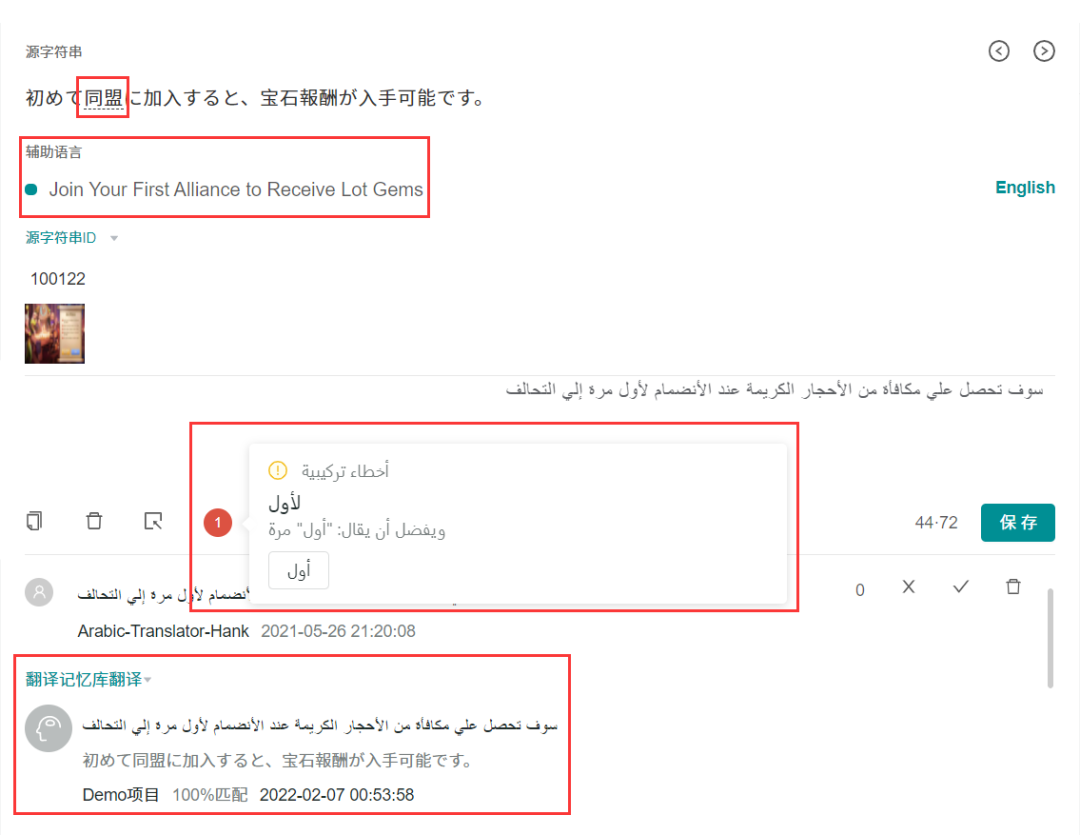
- #Ilocalize reviews update
- #Ilocalize reviews android
- #Ilocalize reviews code
- #Ilocalize reviews professional
#Ilocalize reviews update
SummaryĮven though we didn't plan to support multiple languages, it's not difficult to update your app to support multiple languages at a later date.īy using Xamarins best practices and MFractor's localisation wizard, we can quickly and easily retrofit our app with multi-language support. Much like when localising XAML, the localisation wizard will let you walk over the document, highlighting localisable strings and let you move the string into a RESX file. Under the context menu that opens, choose " Replace with resx lookup".

resx file, access the localisation wizard by pressing Option+Return on a string literal.

#Ilocalize reviews professional
If you have an MFractor Professional license, then you can also use localisation wizard in C# to move string literals into RESX files. It's very quick to convert the remaining strings of our LoginPage.xaml into localisation lookups with the localisation wizard: If you'd like to use the existing key for the string value, you can press Shift+Return.Īfter you've localised a string, the localisation wizard will automatically move onto the next string that can be localised. resx file that you have chosen, MFractor warns you that it's a duplicate with a yellow exclamation icon. If the string value already exists in the. Alternatively, you can apply the localisation action by press the Return key. resx file to place that string into, enter a key for the new resource and then selecting replace. Open the localisation wizard by right-clicking on any string literal and selecting Replace with a localised value lookup. MFractor includes a localisation wizard that can move strings in a C# or XAML file into a RESX file and replace the original string value with a resource lookup.įor the localisation wizard to activate in XAML, we need to have a TranslateExtension that resolves to the symbol and at least one RESX file in our project. Now that we've localised one string by hand, let's learn how we can use MFractor to speed up localising our XAML. Viola! We now have a localised email label. To do this, we add an XML namespace declaration to import our TranslateExtension:Īnd then we replace the Email: string with a resource lookup using the TranslateExtension note that we can omit the Extension part of the name and just use il8n:Translate: The next step is to replace the original Email: string in our XAML with a localisation lookup. This creates a new string resource for our Email: string that our TranslateExtension can retrieve when provided the key EmailLabel. Open up the Resources.resx file and at the end of the file, enter the following text: Let's start by localising the Email: string.įirstly we need to create a new RESX entry for our string along with a key.

Our login page has five inline strings that need to be moved into a RESX file and then be replaced by a localisation lookup. Let's start by localising our apps LoginPage.xaml: Now let's move those pesky inline strings into resource files. Simply right-click on any XAML string literal and the select Generate localisation infrastructure:
#Ilocalize reviews code
Instead of doing it by hand we can use MFractors Generate Localisation Infrastructure code action to do it for us. Setting up all this infrastructure is a little tedious. Lastly, we create a custom markup extension named TranslateExtension in our PCL that takes a resource key, inspects the current language setting using ILocalize and then grabs the localisation value from our apps RESX resources: In our PCL, create a new file named Resources.resx inside a directory named Resources.

We'll need somewhere to store the localised versions for our strings in Xamarin.Forms we can use RESX files for this.
#Ilocalize reviews android
Next we create an iOS and an Android implementation of this interface: We'll use this to provide the platform's current language settings into our shared code: We do this by creating an interface in our PCL named ILocalize. We'll be using the best practices outlined in Xamarin's excellent localisation tutorial.įirstly, we need to detect the current language settings of the user's phone. The very first thing we need to do is to create the infrastructure to power localisation for our XAML files. So, let's roll up our sleeves and get localising. The process of manually replacing each string value is a little daunting, not to mention cumbersome and time-consuming! However, with a little bit of work, enabling multi-language support in your app is very achievable. And now you've got a few dozen XAML and C# files to localise! If you're lucky, you've been localising as you've been building your application!īut chances are, like me, you've been in a rush to ship the app and multiple language support was put on the back-burner. When building our Xamarin.Forms apps, there usually comes a point where we need to support multiple languages. Learn to update your Xamarin.Forms apps to support multiple languages.


 0 kommentar(er)
0 kommentar(er)
